Overlooking the ancient city core of Rome majestically, this building served both as a mausoleum and a castle for the popes, and can now be visited as a museum.
In this post, you’ll discover the ultimate list of Facts About The Castel Sant’Angelo, one of the most popular buildings in Rome.
1. It used to have a different name
The Castel Sant’Angelo was originally a mausoleum for the Roman Emperor Hadrian, who reigned over Rome from 117 to 138 A.D.
Therefore it is also referred to as the Mausoleum of Hadrian, Hadrian’s Mole, the Hadrianeum, or Sepulcrum Antoninorum.

2. It didn’t just house the remains of Hadrian
Hadrian’s ashes were placed inside the mausoleum a year after he died in the year 138 A.D. But the mausoleum wasn’t just intended for his remains only, it also housed the ashes of his wife Vibia Sabina and his adopted son Lucius Aelius.
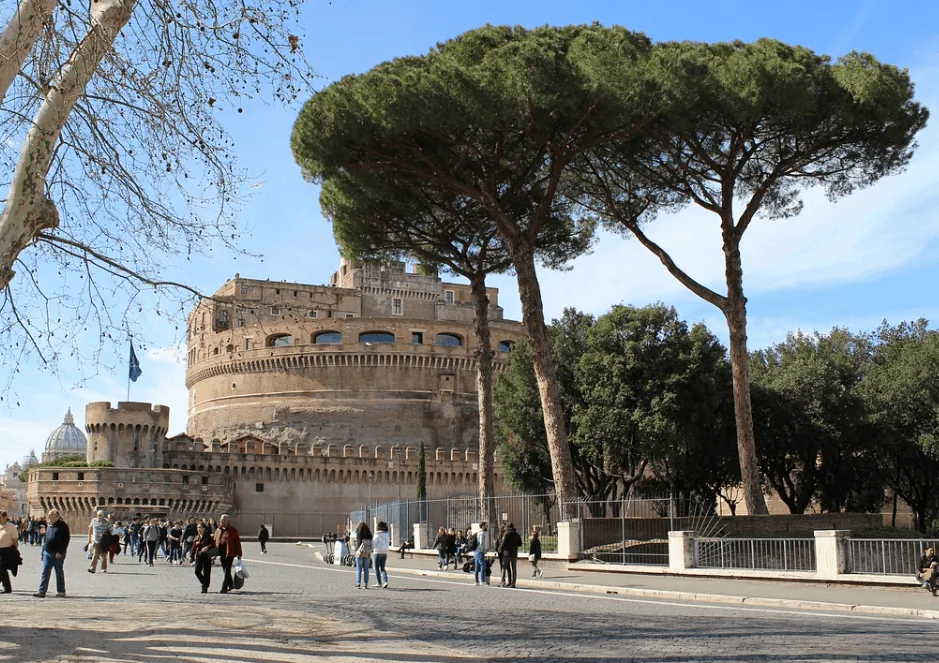
3. Hadrian outlived his wife and son
Remarkably, Emperor Hadrian was the last of his family to pass away, something which happened on July 10, 138. His wife died a year earlier and his adopted son Lucius Aelius, who was heir to his throne, died on January 1, 138.
4. He didn’t get to see the completed mausoleum
Even though he initially commissioned the construction of his own mausoleum in the year 134 A.D., he never actually got to see the completed structure. It was only dedicated in 139 A.D. by his successor, Antoninus Pius.
5. He got inspiration from Augustus
Emperor Augustus, the First Emperor of the Roman Empire, reigned from 27 B.C. until he died in 14 A.D. He also had a mausoleum built for himself on the other bank of the Tiber River.
Hadrian not only imitated Augustus’ structure but also enlarged it and gave it a cylindrical shape. On top of the mausoleum was a statue of a golden chariot with 4 horses driven by Hadrian.

Interesting fact: It used to be the tallest building in all of Rome!

6. It’s located right across Augustus’ mausoleum
Hadrian didn’t just get inspiration for the design of the building from his predecessor that reigned over Rome over a century earlier, but also regarding the location of the structure.
While Augustus’ mausoleum is located on the left bank of the Tiber River, Hadrian’s is located on the right bank. This is on the west side of the ancient city center of Rome.
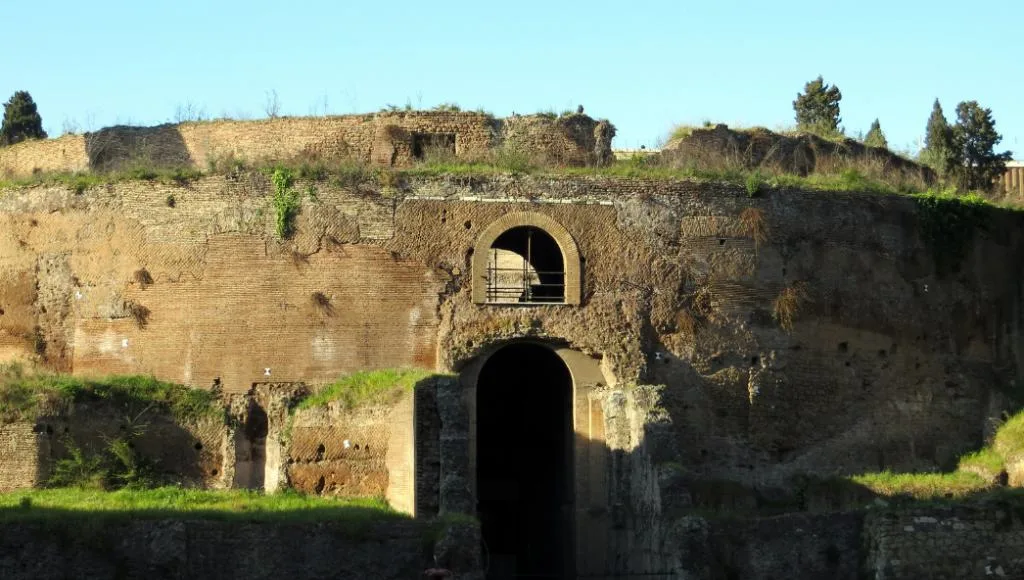
7. The Vatican is just west
Hadrian’s Mausoleum is located on the “Parco Adriano,” a public park in the center of Rome that is located just east of Vatican City and the Vatican Museums.
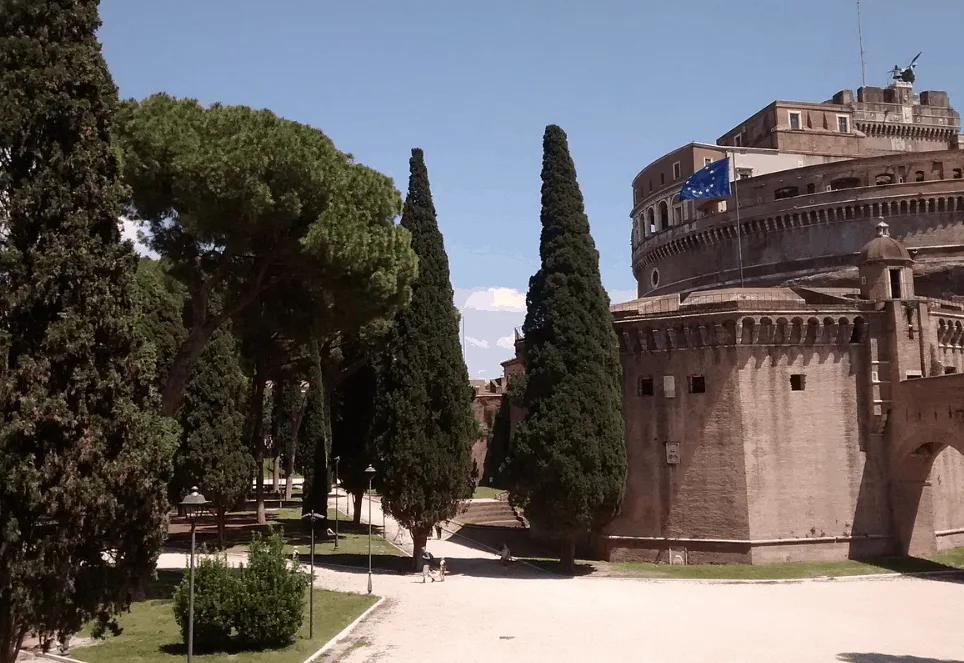
8. It wasn’t the first time he was inspired by a predecessor
Emperor Hadrian clearly left his mark on the city of Rome, and not just by building new structures. One of the most famous buildings in all of Rome is the Pantheon, a Roman temple that was converted into a Catholic church.
The initial building was constructed by Marcus Agrippa, followed by a version of Emperor Trajan. The final version, which is the building we can see today, was finalized by Hadrian.
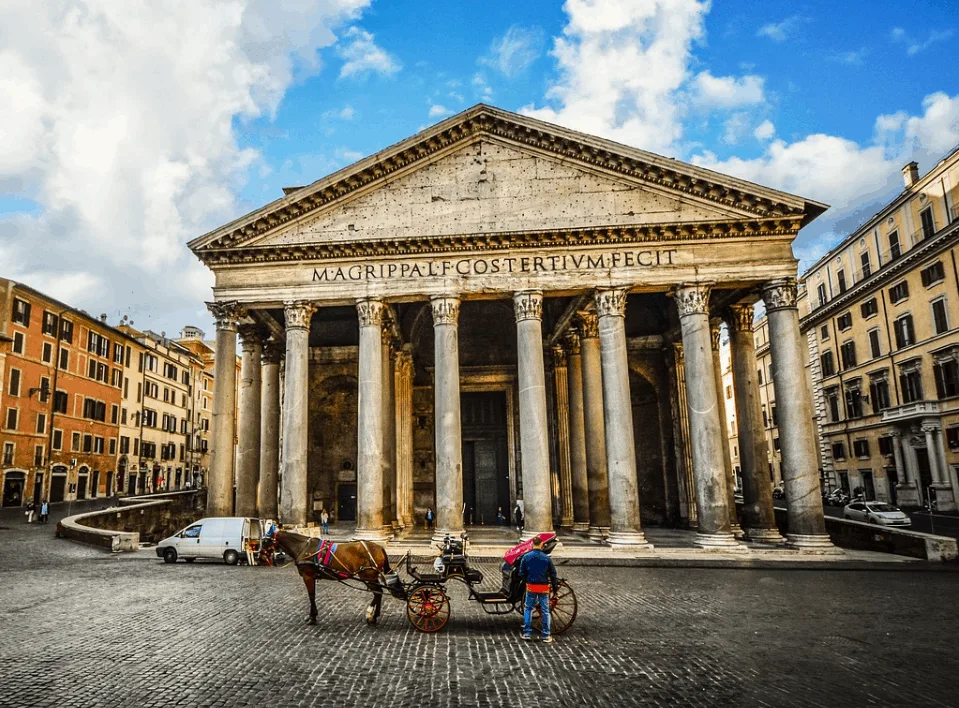
9. An amazingly well-preserved bridge crosses the Tiber
The “Ponte Sant’Angelo,” which was originally referred to as the “Aelian Bridge,” is a bridge constructed by Emperor Hadrian in 134 A.D. and which leads right up the Castel Sant’Angelo.
It’s one of the best surviving ancient Roman bridges in all of Rome and connects the Campus Martius with Hadrian’s mausoleum.

10. The statues were added later on
Even though the bridge itself dates from Hadrian’s time in the 130s, the statues which are seen on the bridge are baroque statues that were added later on. they depict angels holding aloft instruments of the Passion of Christ.
The Ponte Sant’Angelo is an amazing place to have a walk and enjoy the wonderful scenery. Plus, the bridge is pedestrian-only as well.
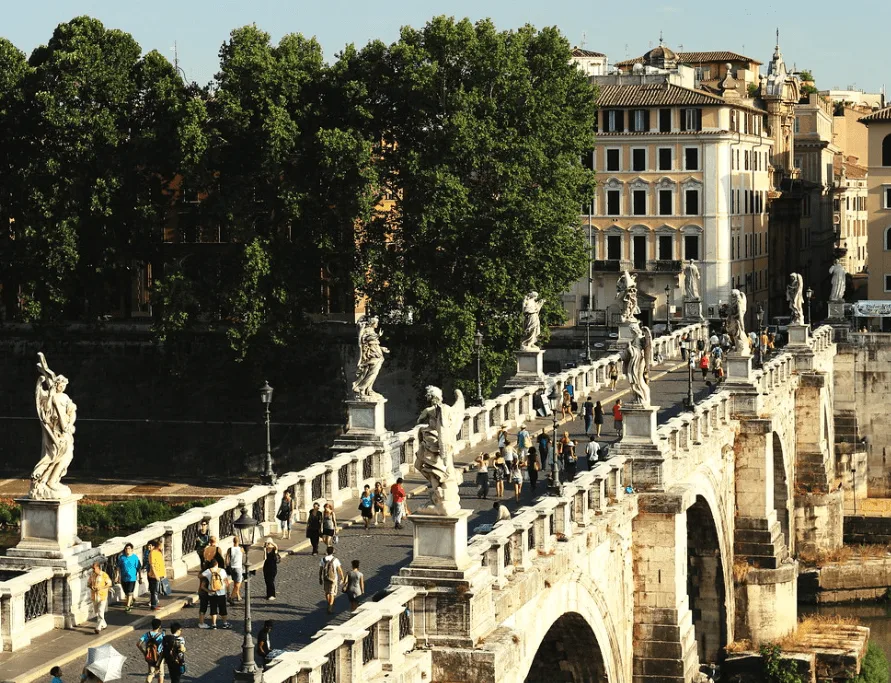
11. The bad Emperor in Gladiator was buried in Hadrian’s Mausoleum
Did you see the movie “Gladiator?” Sure you did. Then the name “Commodus” will obviously ring a bell, as he’s the rather delusional madman / Emperor who ends up killing our hero in the Colosseum.
He is one of many emperors that were buried in Hadrian’s Mausoleum, long after Hadrian passed away himself. Some notable include Antoninus Pius, Lucius Verus, and Marcus Aurelius. The last Roman Emperor to be buried there was Caracalla in the year 217 A.D.
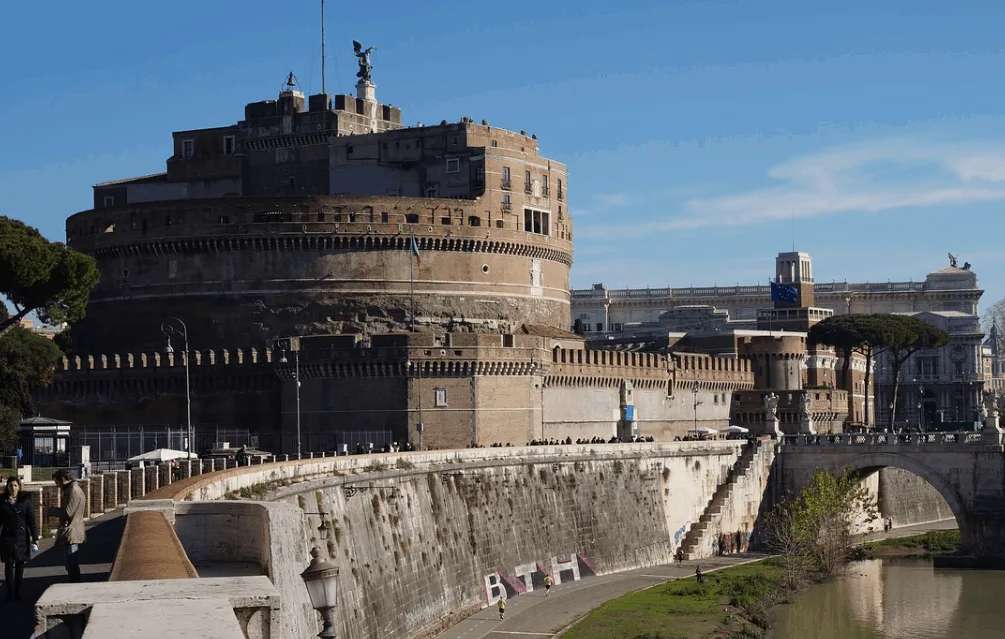
11. The urns were placed in a special room
The urns with the ashes of Hadrian and his family, as well as those of multiple Emperors after him, were placed deep inside the mausoleum in a room that is now referred to as “The Treasury Room.”

12. Nothing remains of the remains
Just about everything inside the tomb has been lost. This includes the decorations and urns that contained the ashes of the deceased emperors.
The Visigoths scattered the ashes from urns during the sacking of Rome in 410 A.D. The bronze and stone ornaments that were used to decorate Hadrian’s Mausoleum were thrown down upon the Goths who besieged Rome in the year 537 A.D.
13. It was incorporated into the city walls
Much of the decorations were already removed before the sacking of Rome happened in 410 A.D. The Tomb of Hadrian was turned into a military fortress and incorporated in the Aurelian Walls by Flavius Honorius Augustus.
It was to no avail. The sacking of Rome happened and was a major shock as Rome hadn’t fallen in over 800 years. This event became a major landmark in the fall of the Western Roman Empire.
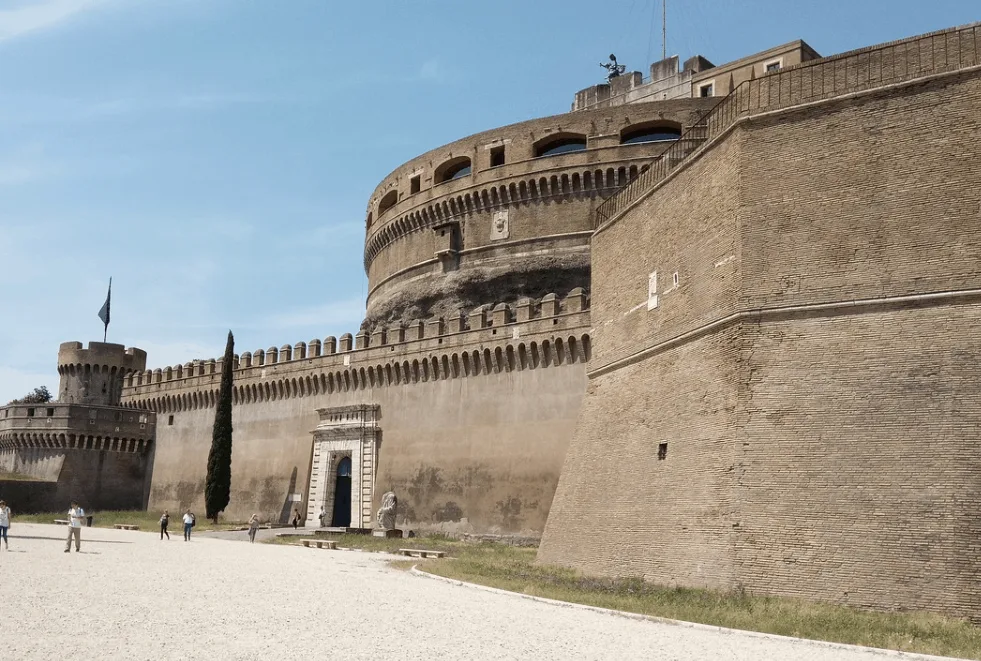
14. There was an unusual survivor
One of the most interesting facts about the Castel Sant’Angelo is that one of the capstones of its funerary urns somehow managed to find its way to the St. Peter’s Basilica in the Vatican. Even more remarkable is that it’s assumed this is the capstone of the urn of Hadrian himself.
Initially, it was used to cover the tomb of Holy Roman Emperor Otto II and was eventually incorporated into a Renaissance Baptistry in the 16th century.
15. The current name comes from a legend
Pope Gregory I didn’t like the fact that Christians started worshipping a pagan idol at the Santa Agata church in Rome during the plague of 590 A.D. When he and his procession arrived there, the idol shattered into thousand pieces at the clap of thunder.
While crossing the Aelian Bridge to return to St. Peter’s, he saw Archangel Michael on top of Hadrian’s Mausoleum, wiping the blood from his sword.
Because the Pope interpreted these events as Archangel Michael killing the pagan idol which miraculously ended the plague, the mausoleum was from then on referred to as Sant’Angelo.
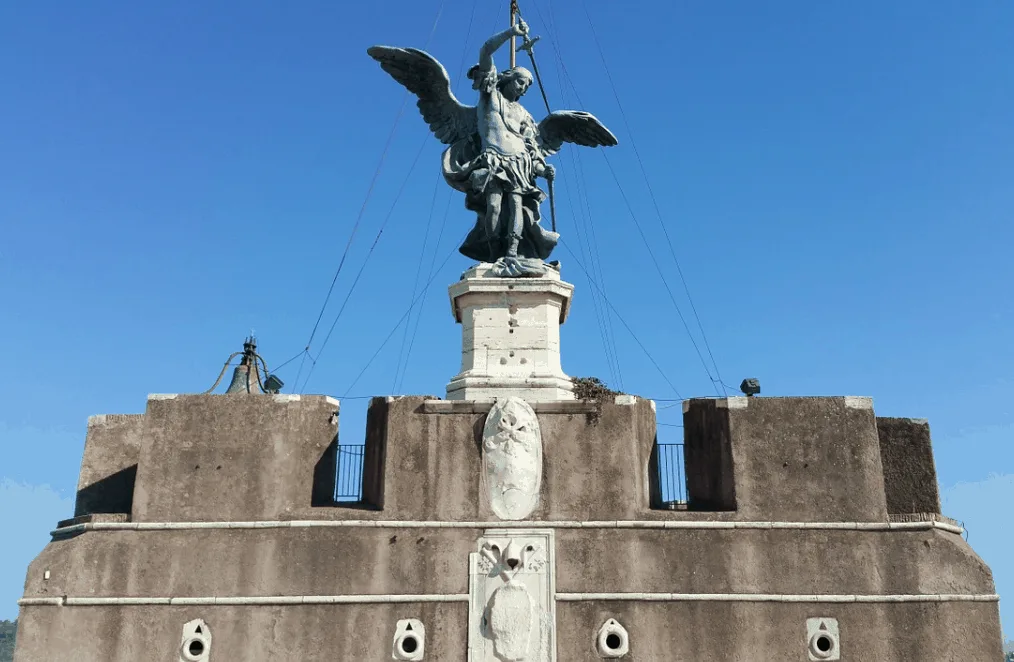
16. The structure became a castle
It wasn’t until the Middle Ages that the Popes turned the structure into a fortified castle. During medieval times, the castle was often used as a refuge for Popes in times of trouble.
17. The castle was directly connected to the Vatican
The reason the Castel Sant’Angelo was such a popular hiding place for Popes was because of a special passage that led from the Vatican directly to the castle.
This passage is called the “Passetto di Borgo,” and is about 800 meters long (2,600 ft). It was constructed by Pope Nicholas III in the year 1277.
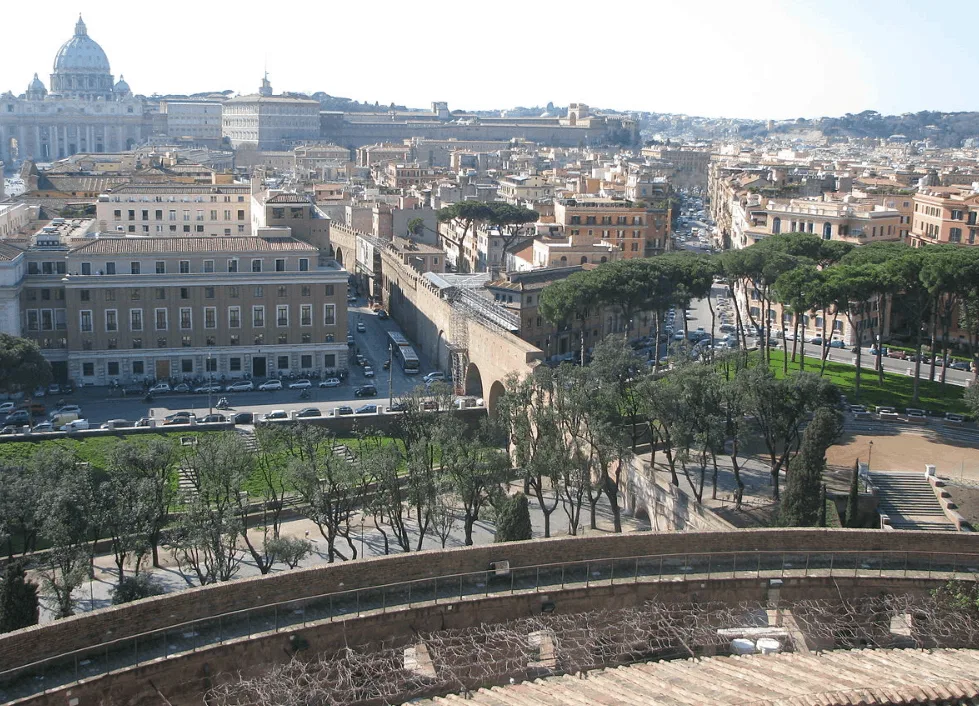
18. The castle was also used as a prison
Apart from serving as a refuge for Popes during sieges and other troublesome periods, it was also used to detain prisoners.
One of the most notable prisoners was Giordano Bruno, a cosmological theorist who was held in the castle for 6 years and later executed because he proclaimed that stars were suns with their own solar system.
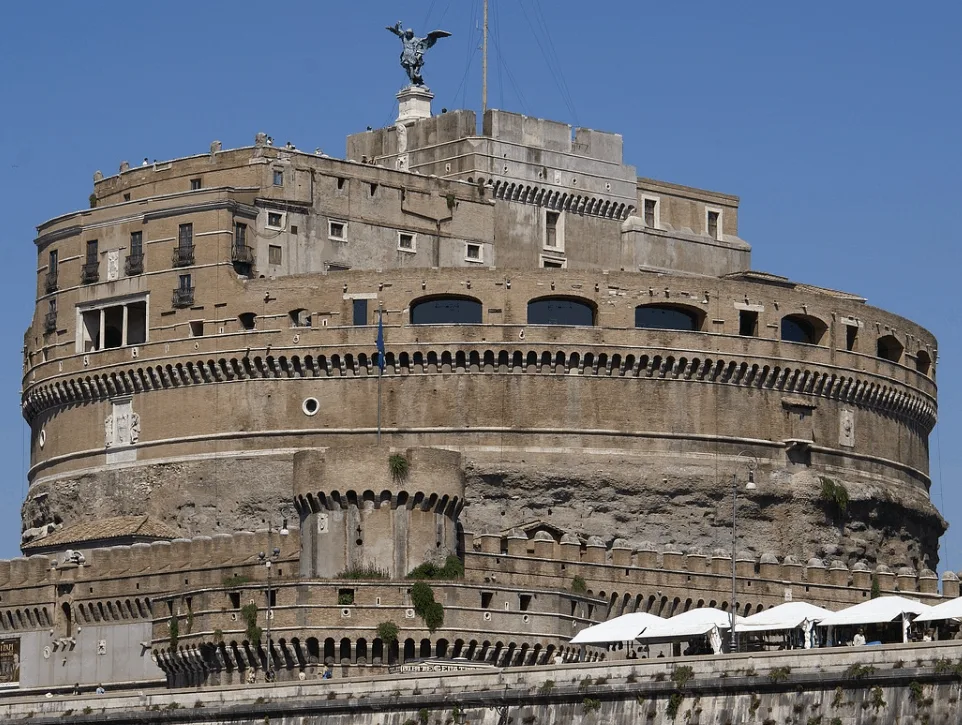
19. The Castel Sant’Angelo is now a museum
The castle was decommissioned in 1901 and eventually turned into a museum. the museum is called the “Museo Nazionale di Castel Sant’Angelo.”
It’s one of the most popular tourist attractions in all of Rome. In 2016, for example, it was the 6th most popular tourist attraction, welcoming over 1.2 million visitors that year.
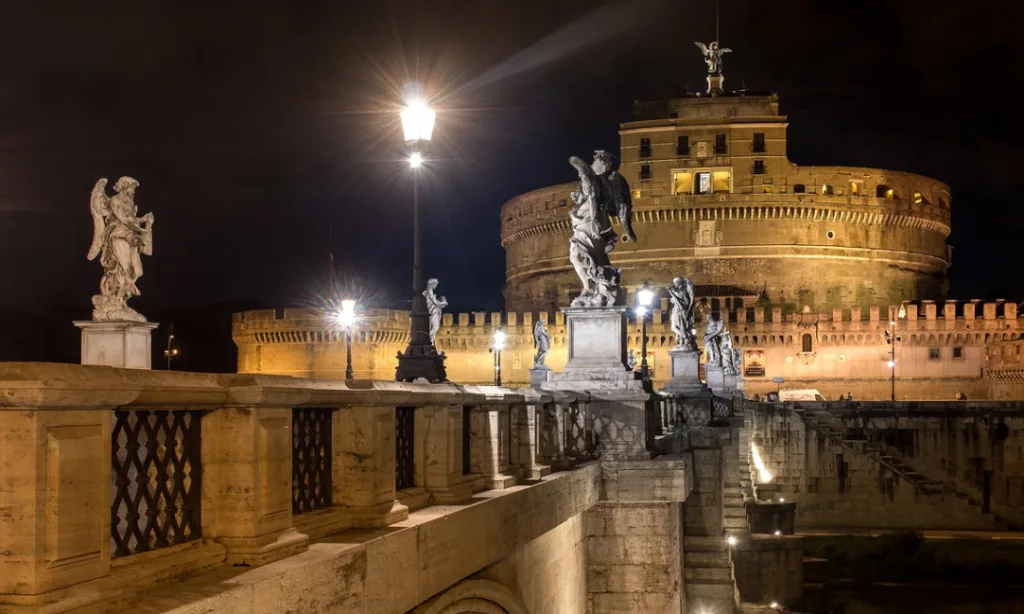

Leave a comment
You must be logged in to post a comment.